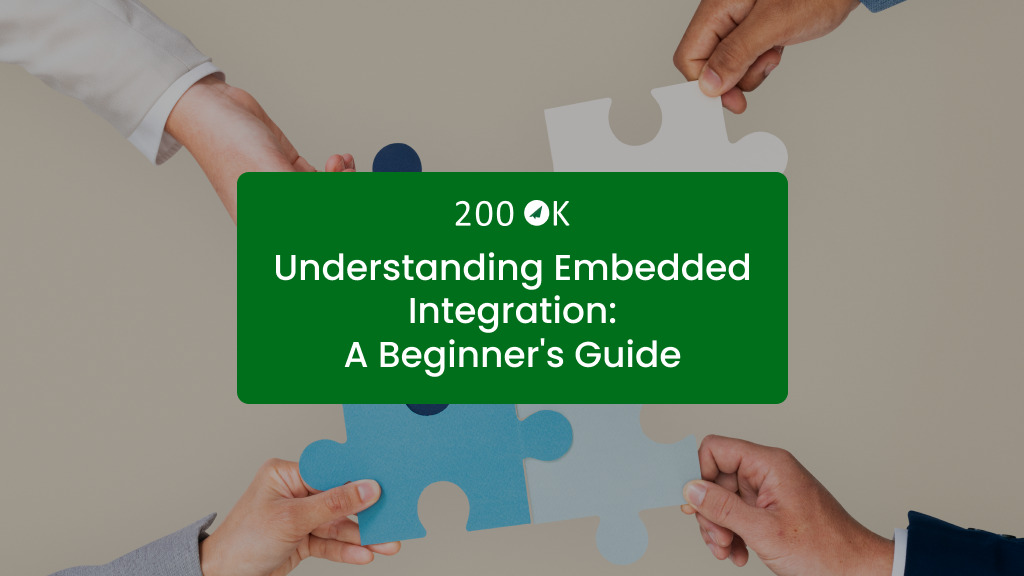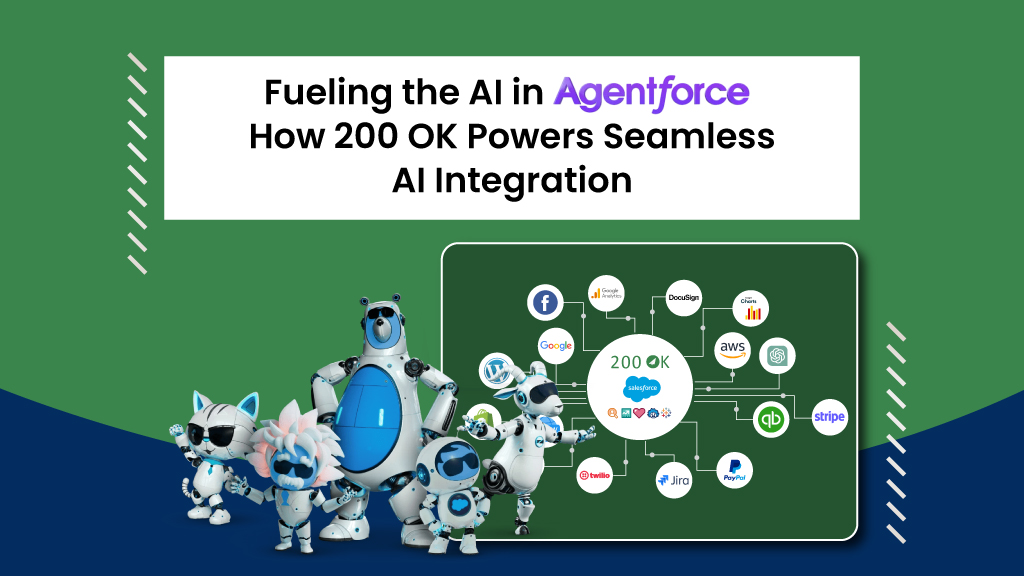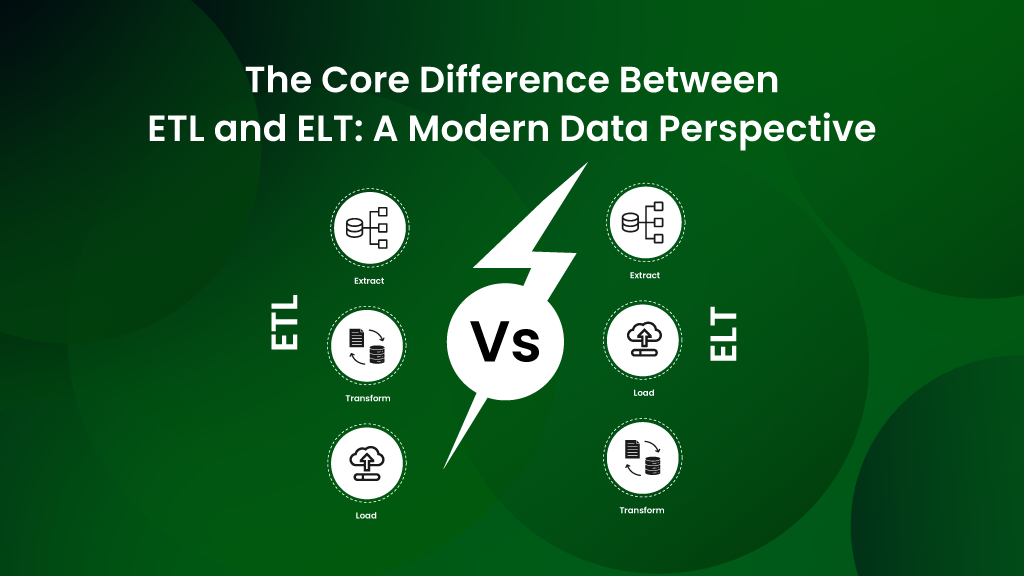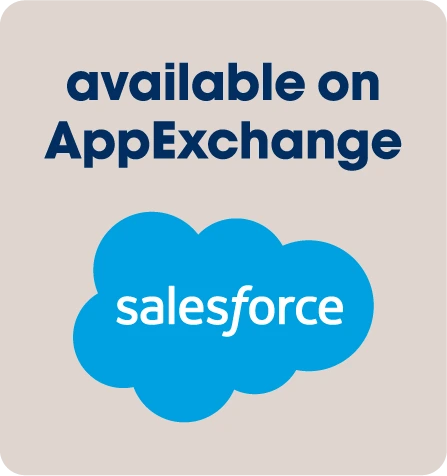What is embedded integration?
Embedded integration refers to the seamless incorporation of integration capabilities directly within a software application or platform, allowing users to connect their data and workflows without leaving their familiar environment. Unlike traditional integration methods where users must rely on external tools or services, embedded integration brings the power of connectivity directly to the user’s fingertips.
Embedded integration represents a strategic approach for software providers to differentiate their offerings, deliver added value to customers, and foster long-term success in an increasingly interconnected digital landscape.
How does embedded integration work?
On average, mid-market businesses employ approximately 137 applications. The seamless communication between these applications is essential to provide users with the necessary data access, insights, and workflow automation required for modern business operations.
Now the important question that arises is, how do these embedded integrations work?
Embedded integration works by incorporating integration capabilities directly into an application or platform, rather than relying on external tools or middleware. This approach allows users to connect disparate systems and applications seamlessly within their existing workflows, without needing to switch between different interfaces or environments.
Typically, embedded integration solutions offer a range of pre-built connectors or APIs that facilitate communication between different systems. Users can configure these integrations through a user-friendly interface, specifying the data mappings, transformations, and synchronization rules as needed.
By embedding integration functionality directly into their products, vendors can provide customers with a seamless and unified experience, eliminating the need for complex custom integrations or external middleware. This approach also enables faster time-to-value for users, as they can quickly set up and manage integrations within familiar environments.
Benefits of using embedded integration

Market Research Future (MRFR) has released a comprehensive research report on the “Global Integration Platform as a Service (IPaaS) Market,” covering data from 2022 to 2030. The market is projected to achieve a compound annual growth rate (CAGR) of 35.20% between 2022 and 2030.
The annual growth rate is supposed to grow at this rate for a reason, isn’t it?
Benefits of partnering with other Integration Platform as a Service (iPaaS) providers to sell to clients include:
1. Expanded Service Offerings:
Partnering with other iPaaS providers allows organizations to offer a wider range of integration solutions to their clients, catering to diverse needs and requirements.
2. Access to Expertise:
Collaborating with established iPaaS providers grants organizations access to specialized expertise and knowledge in integration technologies and strategies, enhancing their capabilities to address client challenges effectively.
3. Enhanced Value Proposition:
By offering comprehensive embedded iPaaS solutions through partnerships, organizations can present a more compelling value proposition to clients, demonstrating their commitment to delivering end-to-end integration solutions.
4. Competitive Advantage:
Partnering with iPaaS providers strengthens an organization’s competitive position in the market, enabling them to differentiate themselves from competitors and win more business opportunities.
5. Revenue Opportunities:
Collaborating with iPaaS providers opens up new revenue streams for organizations through commissions, referral fees, or revenue-sharing arrangements, contributing to overall business growth and profitability.
Embedded Integration Platforms- Who Needs Them?
1. SaaS Companies:
SaaS companies can embed integration capabilities into their platforms to enhance their product offerings, attract more customers, and increase user retention by providing seamless connectivity with other applications and systems.
2. Enterprises:
Enterprises that rely on multiple software applications and systems can benefit from embedded integration to streamline their workflows, improve data visibility, and enhance productivity across departments.
3. Software Developers:
Developers building custom applications or solutions for clients can leverage embedded integration to incorporate pre-built connectors and APIs, reducing development time and costs while offering robust integration functionality.
4. System Integrators:
System integrators can utilize embedded integration to build scalable and customizable solutions for clients, integrating disparate systems and applications to meet specific business requirements effectively.
5. Independent Software Vendors (ISVs):
ISVs can integrate their applications with other software platforms or marketplaces using embedded integration, expanding their reach, increasing market penetration, and delivering more value to customers.
6. MSPs:
MSPs can enhance their service portfolios by offering embedded integration solutions to clients, enabling seamless connectivity between disparate systems and applications within their managed environments.
Wrap up- Choosing the right partner
Given the numerous advantages of embedded integration discussed earlier, it’s crucial for your organization to select the right partner. 200 OK offers an excellent opportunity for an OEM partnership tailored to your preferences. Interested in learning more? Check out our OEM partnership program today!





